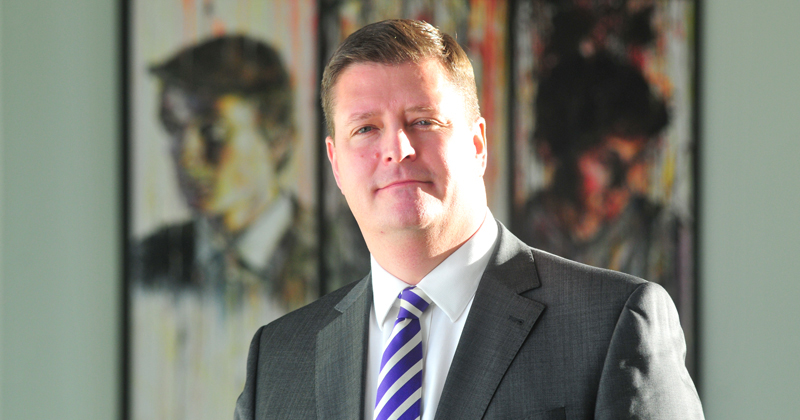The incoming Ofsted chief inspector has been accused of misleading MPs over claims exclusion rates in his turnaround trust’s schools were “lower than most” in the areas they work.
Analysis by Schools Week found Outwood Grange Academies Trust’s secondaries excluded twice as many pupils as other schools in some of their regions.
The trust’s chief executive, Sir Martyn Oliver, made the comments to the education committee earlier this month at a pre-appointment hearing. The committee later endorsed him for the top job.
Frank Norris, an education adviser at the Northern Powerhouse Partnership, said the comments “could be viewed by members of the committee to have been misleading and those statements were relied upon by those who voted that he was indeed appropriate to appoint”.
Kim Johnson, the only education committee MP who voted against appointing Oliver, said he should now be “brought back to the committee to answer for his words. Had we heard the truth at the committee, others may have raised similar concerns.”
Oliver made the comment after being challenged by MPs over the trust’s high suspension rates. He said: “Our figures for permanent exclusion are lower than most in the areas in which we work.”
However, our analysis shows OGAT’s 13 secondary schools in the Yorkshire and Humber had a 0.31 exclusion rate, equivalent to three in every 1,000 pupils, compared to 0.17 across the region’s other secondaries.
In the north east, OGAT’s seven secondaries had a 0.64 exclusion rate, compared to 0.30 in others.
The trust has four secondary schools in the East Midlands and two in the north west, where its exclusion rates are negligibly smaller (see table). We only looked at secondary schools.

The national permanent exclusion rate for secondary schools in 2021-22 was 0.16, compared to 0.33 at OGAT.
Oliver clarifies his comment
An OGAT spokesperson told Schools Week that Oliver was “grateful for the opportunity to clarify his comment”.
“He was comparing permanent exclusion rates between some individual schools in Outwood to some of the other schools in the same LAs [local authorities] which have a similar profile,” they added.
The trust did not provide any analysis or examples to back up the claim.
Schools Week looked at the three councils where OGAT had three or more secondaries in 2021–22.
The trust’s schools had higher exclusion rates than other secondaries in two of the areas, and negligibly higher rates in the third.
In Wakefield, OGAT’s four secondaries had an exclusion rate of 0.36, compared to 0.24 among the council’s other 15 secondaries.
The trust spokesperson added schools had been “under-performing for years and were some of the most challenging in the system when we took them on. These schools have been transformed by OGAT.
“They now provide academic rigour and high standards in our academies alongside high levels of personalised care and support, and our approach has achieved some of the best Ofsted grades in our schools’ histories, with most ‘good’ or ‘outstanding’ – sometimes the only schools rated ‘outstanding’ in the areas we work.”
OGAT schools ‘take on excluded children’
All OGAT schools also “play a full role in taking permanently excluded children, children educated off site and children directed to us via fair access panels,” the spokesperson added.
Supporters of zero-tolerance turnaround approaches, such as OGAT’s, say short-term rises in exclusions are sometimes a necessary consequence of embedding better behaviour policies to both improve standards, and protect pupils and staff.
However, of OGAT’s 13 Yorkshire and Humber secondaries, the three schools that joined most recently have been in the trust since 2018 – five years ago. On average, the schools have been with the trust for nine years. In the north east, the average is seven years.
Norris, who has been analysing school performance across the north in his role for the Northern Powerhouse Partnership, said: “This is not sustainable school improvement. High exclusions over a long period of time doesn’t suggest a trust that has got a handle on embedding effective school improvement.”
After a fall during the pandemic, permanent exclusions rose nationally in 2021-22. However, they are still below the peak in 2018-19.
Suspensions (or fixed-period exclusions) are at their highest rate since recent records began. One in 17 secondary school pupils were suspended at some point in the 2021-22 academic year.















Your thoughts